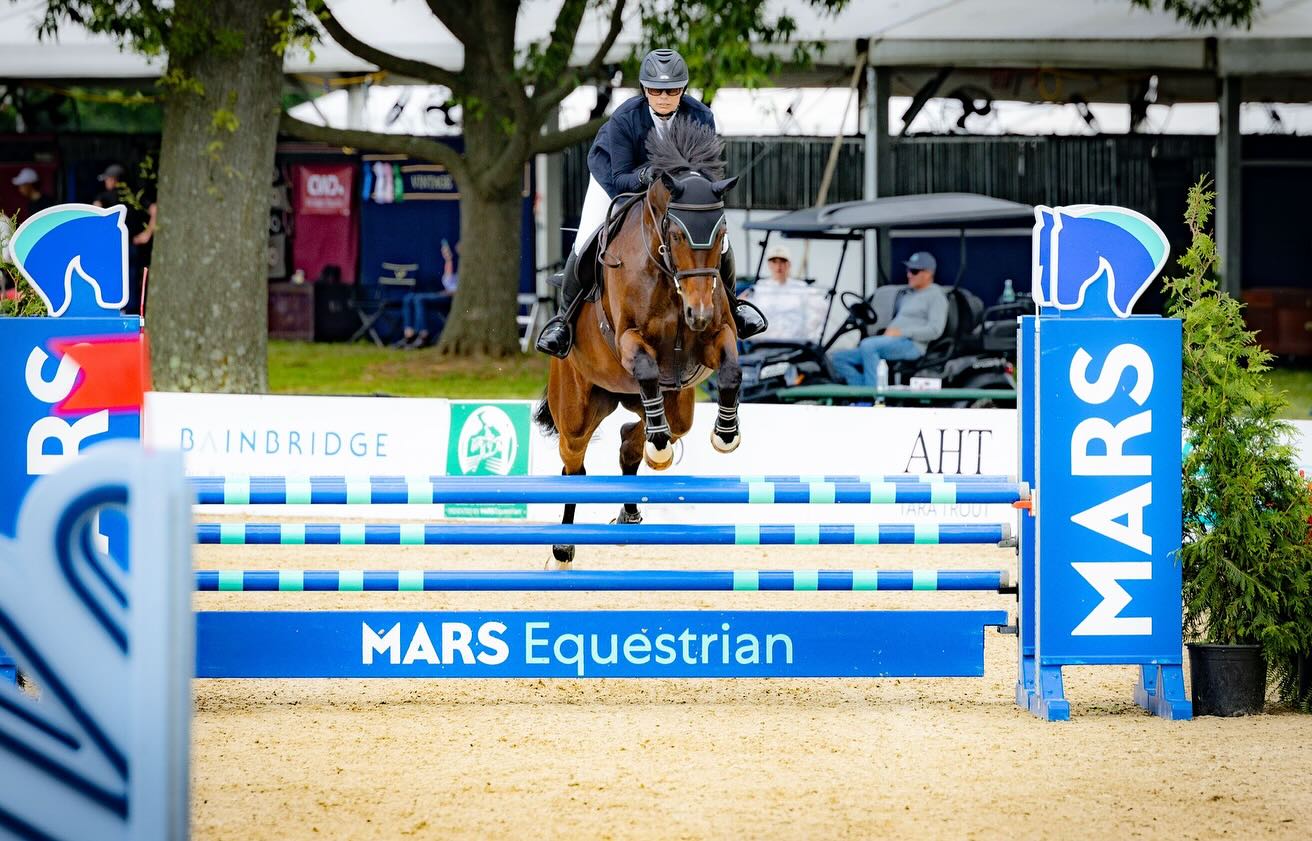According to Hawley Bennet-Awad’s mare Jollybo, “Five-Star Fit” comes with a price — the Spring Spookies. I hope my barn isn’t the only one starting to experience what we’re calling “Mare Month”, because good heavens, the whole world is just terrifying right now. Car came down the driveway? Utterly horrifying. Rain on the roof? Never happened before, my life is ending. Birds in the barn? Absolutely unacceptable. Haynet, Jollybo? What on earth is happening to me right now.
U.S. Weekend Action:
Texas Rose Horse Park H.T. (Tyler, TX): [Website] [Entries] [Ride Times] [Live Scores]
March Horse Trials at Majestic Oaks (Ocala, FL): [Website] [Ride Times] [Live Scores] [Volunteer]
Full Gallop Farm II H.T. (Aiken, SC): [Website] [Ride Times]
Links to Start Your Sunday:
Memories from the Vet Box with Former USEA President Max Corcoran
Sometimes peer pressure is a good thing: research shows peer pressure leads to helmet use
Long-Term Horse-Owner Relationship Helps Horses Cope With Change
Apps and watches and buttons, oh my! Emergency Alerts for Equestrians
Swiss federation’s “Happy Horse” project to reward animal friendly combinations at showgrounds
Weekly Pick from SmartPak: Riding is more than just a hobby. It’s your passion, and a sense of purpose you’ve always known. No matter your age, riding style, or experience level, SmartPak is here to help you power your passion.
Morning Viewing: Behind-the-scenes commentaries caught on video from coaches watching their students jump are one of my favorite things to watch. My own trainer is one of those that not only voices her inner thoughts aloud, but has also been seen kicking the air with her own “inside” leg while watching me on course. This clip of Boyd Martin and his coach, show jumping champion Peter Wylde, gives the same adorable student-coach dynamic with some excellent training tidbits to catch as well. There’s also nothing better than hearing coaching tips given to some of the best in the sport.





























